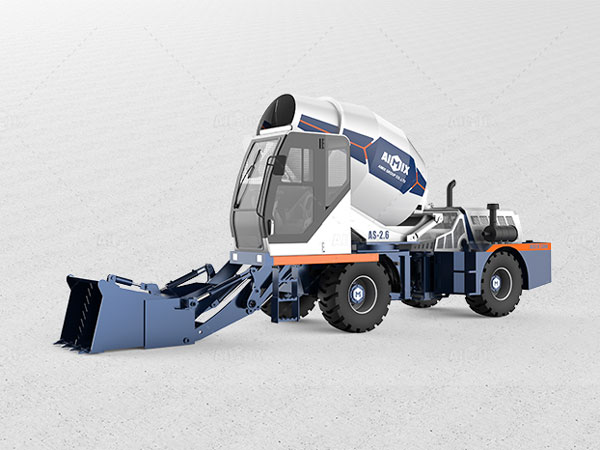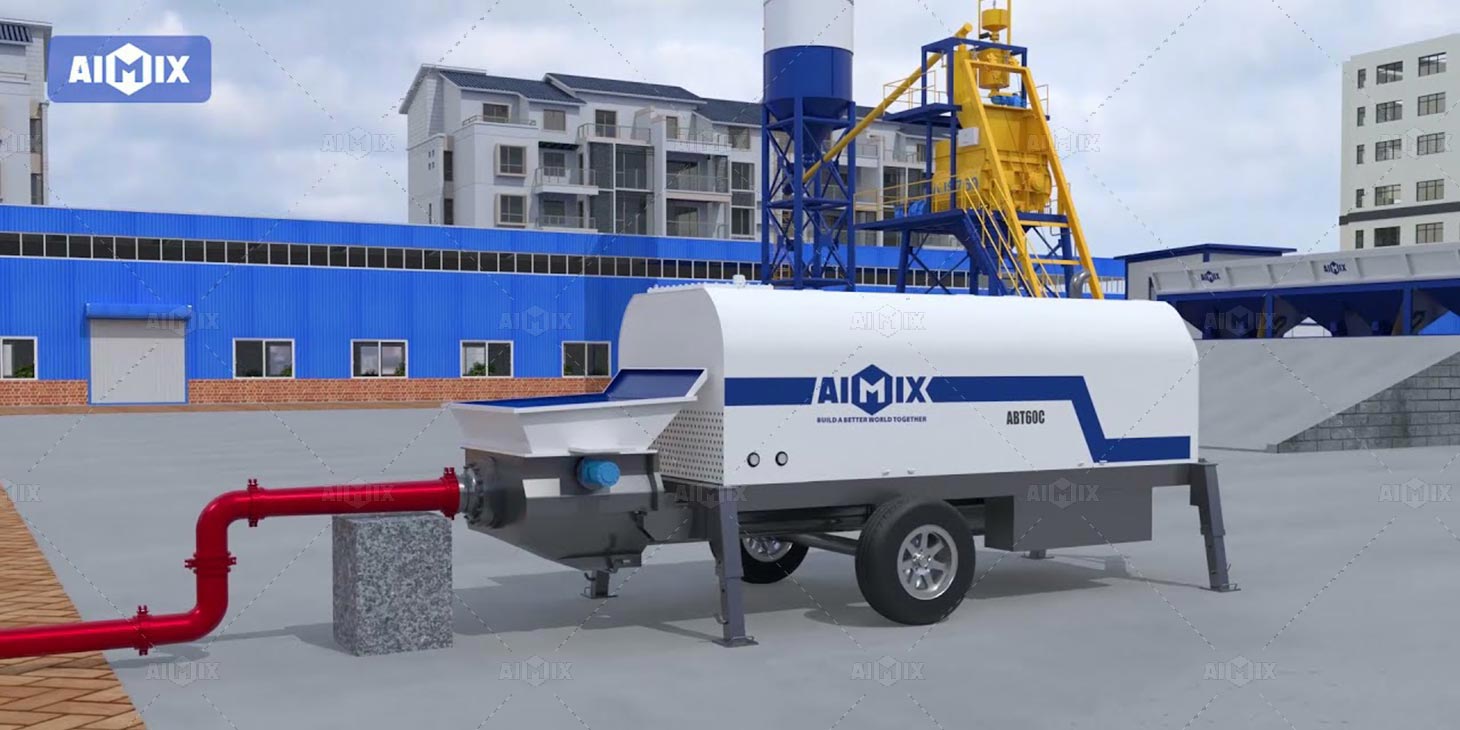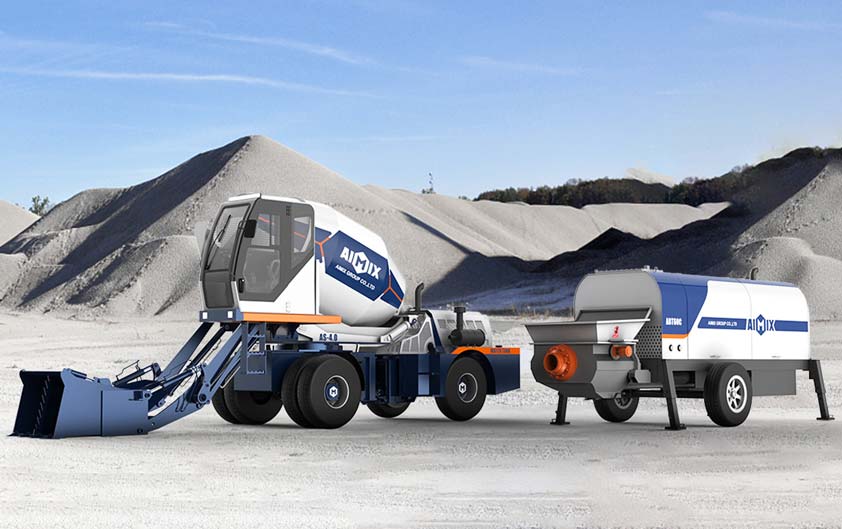Concrete contractors must possess a comprehensive arsenal of tools to ensure precision, efficiency, and safety in their work. The significance of having the right concrete mixing and pumping tools cannot be overstated. These tools not only streamline the process but also guarantee a high-quality finish. In this discussion, we will delve into the indispensable concrete mixing tools, crucial pumping equipment, and safety accessories that every concrete contractor must have.
Essential Concrete Mixing Tools
Hand Tools for Mixing
Hand tools for mixing concrete remain fundamental despite the advent of advanced machinery. These include shovels, hoes, and wheelbarrows, each playing a vital role in the initial stages of the mixing process. Shovels, with their sharp edges and sturdy handles, allow contractors to scoop and turn the heavy mix with ease. Hoes, specifically designed for concrete, aid in combining aggregates, cement, and water thoroughly. Wheelbarrows, on the other hand, facilitate the transportation of the mix to the desired location. These hand tools are not only cost-effective but also crucial for small-scale projects where mechanical
might be impractical.

Mechanical Mixers
Mechanical mixers have revolutionized the concrete industry by significantly reducing manual labor and increasing productivity. These mixers come in various sizes and capacities, from portable mixers for small jobs to large, stationary mixers for extensive projects. The drum of a mechanical mixer rotates, ensuring an even and consistent mix, which is essential for the integrity of the concrete. For larger construction sites, contractors often use volumetric mixers, which measure and mix ingredients on-site, providing fresh concrete as needed. Investing in high-quality mechanical mixers is indispensable for any serious concrete contractor, as it ensures uniformity and accelerates the mixing process.
Crucial Pumping Equipment
Types of Concrete Pumps
Concrete pumping equipment is essential for transporting the mixed concrete to the site, especially in projects with challenging access or high-rise structures. There are two primary types of concrete pumps: boom pumps and line pumps. Boom pumps are mounted on trucks and equipped with a robotic arm, which can be maneuvered to deliver concrete to precise locations, making them ideal for large-scale projects. Line pumps, on the other hand, use a series of hoses and pipes to convey the concrete, suitable for smaller or more intricate jobs. Both types of pumps offer distinct advantages, and having access to the right pump can significantly enhance the efficiency and accuracy of concrete placement. Choose the right type of concrete pump from this website:
https://aimixconcretesolution.com/concrete-pump/
.
Pump Maintenance and Efficiency
Maintaining concrete pumps is crucial to ensure their longevity and operational efficiency. Regular maintenance includes cleaning the pump after each use to prevent concrete residue buildup, checking the hydraulic system for leaks, and inspecting the pump’s wear parts. Additionally, proper lubrication and timely replacement of worn-out components can prevent unexpected breakdowns and costly repairs. Efficient pump operation not only saves time and labor but also reduces waste, ensuring that the concrete mix is utilized effectively. Implementing a rigorous maintenance schedule is essential for any contractor aiming to keep their pumping equipment in optimal condition.

Safety and Efficiency Accessories
Personal Protective Equipment (PPE)
Safety should always be a top priority for concrete contractors. Personal Protective Equipment (PPE) is crucial in protecting workers from the various hazards associated with concrete mixing and pumping. Essential PPE includes safety goggles, gloves, respirators, and steel-toed boots. Safety goggles shield the eyes from harmful dust and debris, while gloves protect the hands from abrasive materials and potential chemical burns. Respirators are vital for preventing inhalation of harmful silica dust, a common byproduct of concrete work. Steel-toed boots provide necessary protection against heavy objects and machinery. Ensuring that all workers are equipped with the proper PPE is a fundamental aspect of workplace safety.
Additional Tools for Enhanced Productivity
In addition to the primary mixing and pumping tools, several other accessories can enhance productivity and ensure the smooth execution of concrete projects. Vibrators, for instance, are used to eliminate air bubbles within the concrete mix, ensuring a dense and durable final product. Screeds are essential for leveling the concrete surface, providing a smooth finish. Power trowels, whether walk-behind or ride-on, help achieve a polished surface on large concrete slabs. Laser levels and moisture meters are also invaluable for ensuring precise measurements and optimal curing conditions. These additional tools, while sometimes overlooked, play a significant role in the efficiency and quality of concrete construction.
Concrete contractors equipped with the right tools are better positioned to deliver high-quality results efficiently and safely. From basic hand tools and mechanical mixers to advanced pumping equipment and safety gear, each tool plays a critical role in the concrete construction process. By investing in and maintaining these essential tools, contractors can enhance their productivity, ensure the integrity of their work, and prioritize the safety of their workforce.

Comments
No comments yet. Be the first to react!